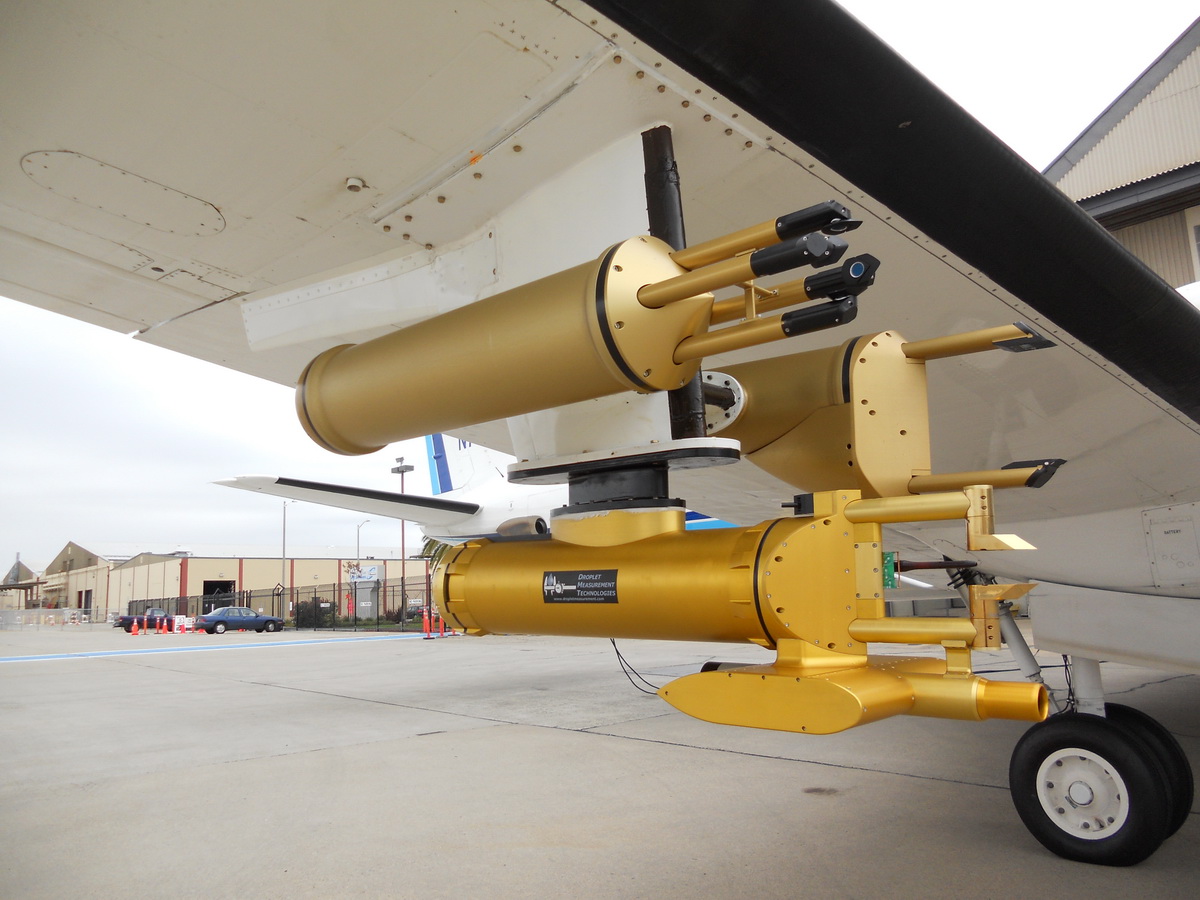A Gathering of Eagles: Experts Impart Wisdom at ARM Aerial Instrumentation Workshop
Published: 18 August 2020
Report summarizes measurement and instrument recommendations from top scientists

Imagine getting many of the nation’s top atmospheric scientists in a room to spitball ideas about the ideal suite of instruments to be installed in an airplane dedicated to measuring atmospheric phenomena such as aerosols and cloud microphysics. The sky would literally be the limit, right?
And it was, because that fantasy scenario is exactly what the Atmospheric Radiation Measurement (ARM) user facility enacted in a workshop held at Pacific Northwest National Laboratory in Washington state on March 2 and 3, 2020.
With 43 pre-submitted white papers by cutting-edge instrument experts, 28 attendees from ARM, four remote observers from the U.S. Department of Energy, and 27 invitees from national laboratories, complementary federal agencies, and academia, let’s just say the right people were in the room. Participants thoroughly aired viewpoints on aerial measurements needed and the instrumentation to make them. Scientists with decades of experience as well as those fresh off recent field campaigns lent their hard-won wisdom, as did engineers and technicians—the people who make it happen. The mic never stopped moving through the audience as the ideas soared.
Having purchased a Bombardier Challenger 850 regional jet in 2019 to replace its retired Grumman Gulfstream-159 (G-1) aircraft, ARM is now refitting its new plane for science. Many of the instruments from the G-1 will be reinstalled in the Challenger, but with a bigger payload and the capability to fly higher, faster, and farther, the new plane offers the chance to install more—and better—instrumentation to capture more diverse data than ever before. Thus the excitement amongst workshop participants about this once-in-a-generation opportunity to spec out the perfect “laboratory in the sky.”
Besides the flagship Challenger, participants discussed instrumentation for unmanned aerial systems and tethered balloon systems, other arrows in ARM’s aerial quiver that continue to evolve. So for ARM aerial measurements, the future looks bright and beckoning. As Beat Schmid, manager of the ARM Aerial Facility, puts it: “We’re going places.”
Read the workshop report to see what ARM’s aerial future looks like.
Keep up with the Atmospheric Observer
Updates on ARM news, events, and opportunities delivered to your inbox
ARM User Profile
ARM welcomes users from all institutions and nations. A free ARM user account is needed to access ARM data.


















